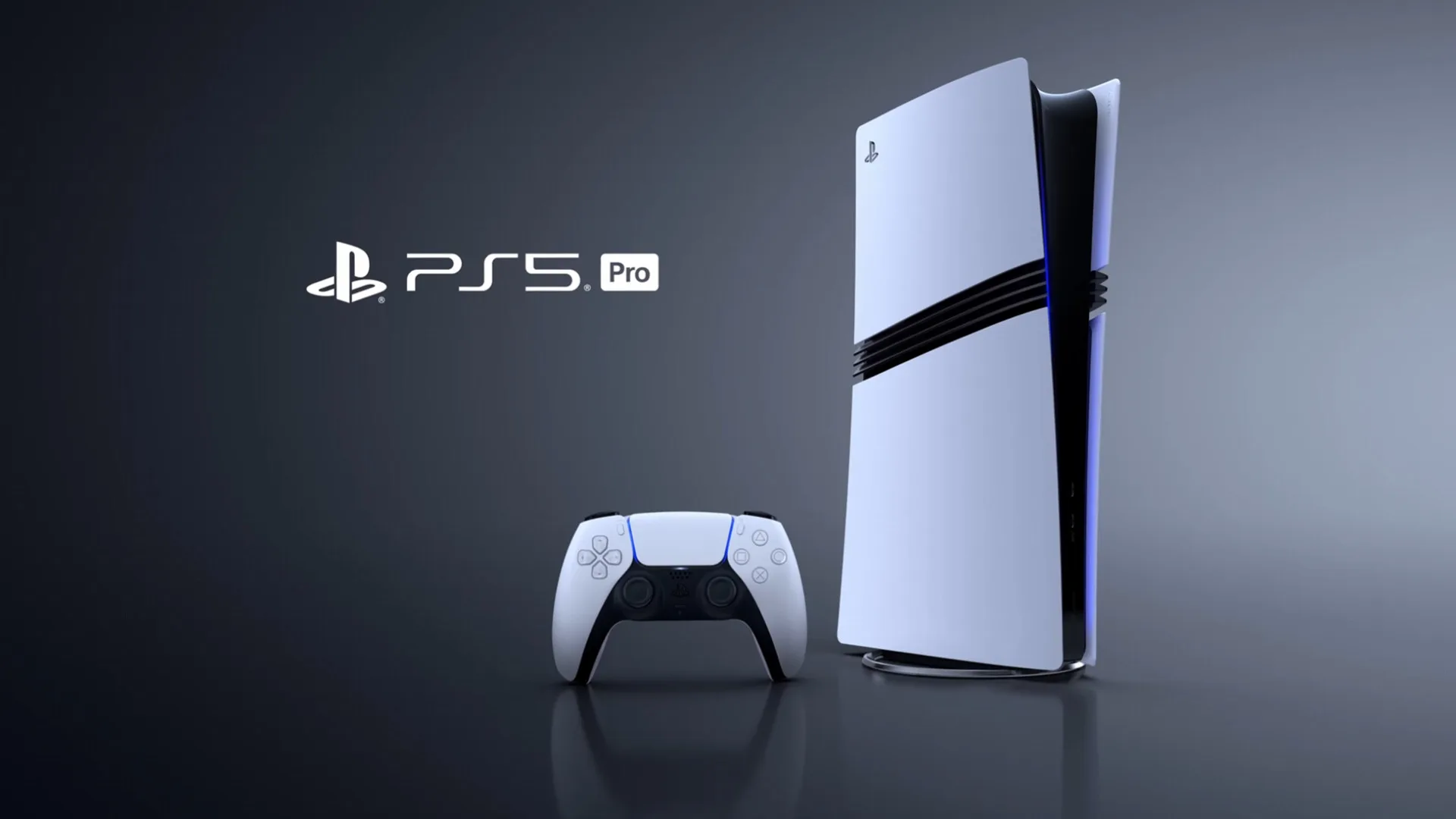Key Takeaways
Created with AI - we're still experimenting, so apologies if it misses the mark
- The PlayStation 6 (PS6) is expected to launch in late 2027 or early 2028, and it will significantly improve graphical performance, particularly with ray tracing, up to ten times faster than the PS5.
- The PS6 will feature a CPU codenamed Orion, using AMDs Zen 6 architecture, with around 8 cores clocked at approximately 3 GHz. For graphics, it will incorporate RDNA 5 architecture and up to 48 compute units.
- Sony prioritizes energy efficiency in the PS6 design, aiming for a power consumption of around 160 Watts, which is lower than many current PS5 models. The console will offer full backward compatibility with PlayStation 4 and PlayStation 5 games.
- Speculation suggests a new portable device, codenamed Canis or Robin, may launch alongside the PS6. This handheld unit will have reduced performance compared to the main console but will prioritize ray tracing, backward compatibility, and local streaming via Remote Play, with a power consumption of approximately 15 Watts.
PlayStation 6 Ray Tracing: Up to Ten Times Quicker than PS5, Boosting Graphics Performance
The PlayStation 6 (PS6) is anticipated to launch in late 2027 or early 2028, promising a significant boost in graphical performance, especially with ray tracing. According to Moore’s Law Is Dead, ray tracing speeds could be up to ten times faster than on the current PlayStation 5. Rasterization, however, is projected to see a more moderate improvement, performing around three times better than the base PS5 model—a leap similar to that between the PS4 and PS5. Sony’s strategy for rasterization prioritizes efficiency, aiming to deliver 4K resolution at 120 frames per second on standard televisions while keeping production costs in check.
PS6 Orion CPU with Zen 6 Architecture and RDNA 5 Graphics for Superior Performance
The PS6 will feature a Central Processing Unit (CPU) codenamed Orion, which reportedly utilizes AMD’s Zen 6 architecture. This CPU will have around 8 cores clocked at approximately 3 GHz. For graphics, the console will incorporate up to 48 compute units and AMD’s RDNA 5 architecture. It will utilize GDDR7 memory, with a bus width ranging from 160 to 192 bits, promising bandwidths over 700 GB/s—a substantial increase over the PS5 Pro’s capabilities. Sony also prioritizes energy efficiency, with an estimated power consumption of approximately 160 W, which is lower than many current PS5 models. Consistent with Sony’s strategy, the PS6 will offer full backward compatibility with PlayStation 4 and PlayStation 5 games. Speculation also points to a new portable device, codenamed Canis or Robin, potentially launching alongside the PS6. This handheld unit is expected to offer reduced performance compared to the main console but will prioritize ray tracing, backward compatibility, and local streaming via Remote Play. The device is expected to consume approximately 15 Watts of total energy, feature 4 Zen 6 cores, and include between 12 and 20 RDNA 5 units, aiming to deliver impressive graphics for a handheld form factor.
In Case You Missed It
If you’re a fan of Marvel’s Spider-Man and have been eagerly anticipating the release date for Spider-Man 3, be sure to check out Jonathan Dubinski’s latest post on Players For Life. Published on July 8th, the article delves into recent leaks suggesting that Insomniac Games is hard at work on the game, but it looks like fans might need to wait until 2029 for its release. In the meantime, there are other exciting Marvel titles in the pipeline, including a potential Venom game and Wolverine’s debut. For all the details, head over to Leaked News Suggests Trouble for Marvel’s Spider-Man 3 Release Date! Tech enthusiasts and gamers, get ready for some exciting revelations about the future of gaming consoles! Marcus Thompson’s latest piece on Players For Life dives deep into a recent data leak suggesting that AMD’s upcoming Zen 6 architecture might be powering an ambitious new chip codenamed Magnus. This potential powerhouse could revolutionize the PlayStation 6 or even a next-gen Xbox, boasting specs that rival high-end PCs and setting a new standard for console gaming. Published on July 19, 2025, this article is a must-read for anyone eager to stay ahead of the curve in the ever-evolving world of gaming hardware. Leaked Information May Reveal Secret Chip for PS6 or New Xbox! As we continue to speculate about the future of gaming, Marcus Thompson’s latest piece, “PS6 Release Approaches, It Will Both Disappoint and Reassure,” published on July 8, 2025, offers some intriguing insights into Sony’s plans for their next-gen console. With Mark Cerny confirming that the PS6 is indeed in development but not set to launch anytime soon, it seems Sony aims to let the current generation of consoles thrive before making way for the future. For more on this exciting topic and potential developments such as a new portable console, check out PS6 Release Approaches, It Will Both Disappoint and Reassure.
Have any thoughts?
Share your reaction or leave a quick response — we’d love to hear what you think!
